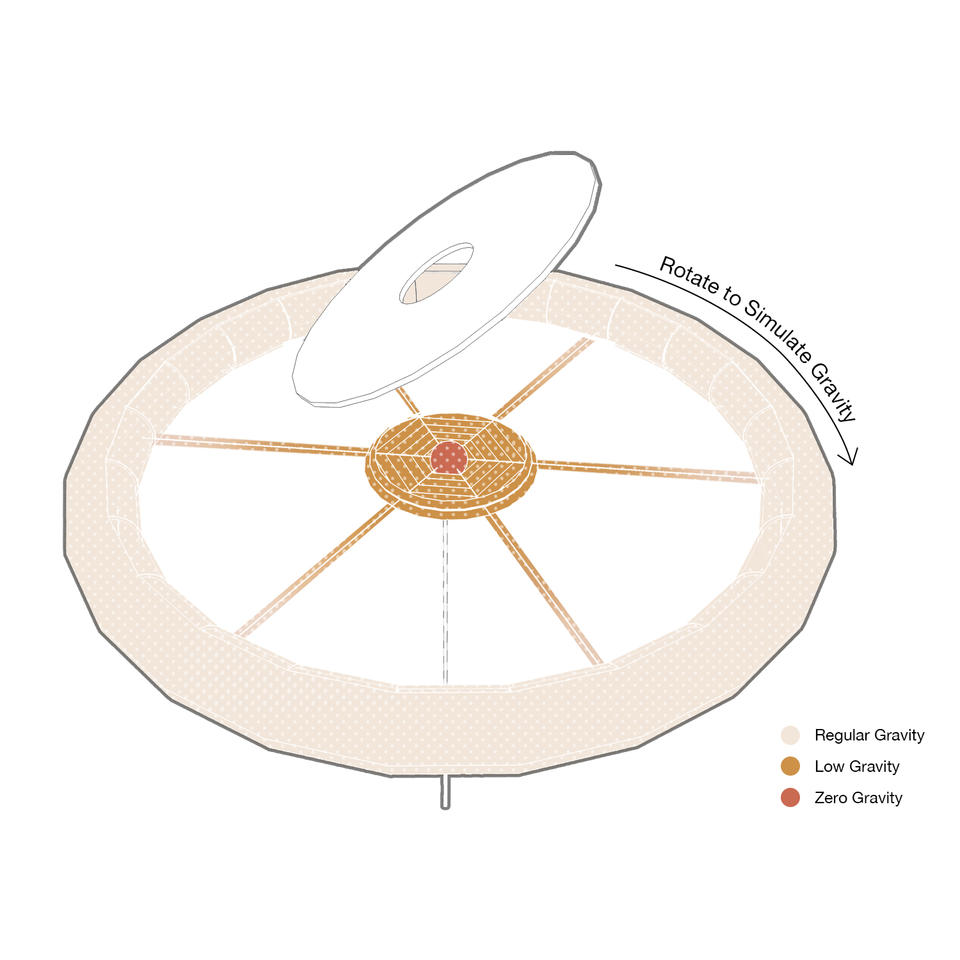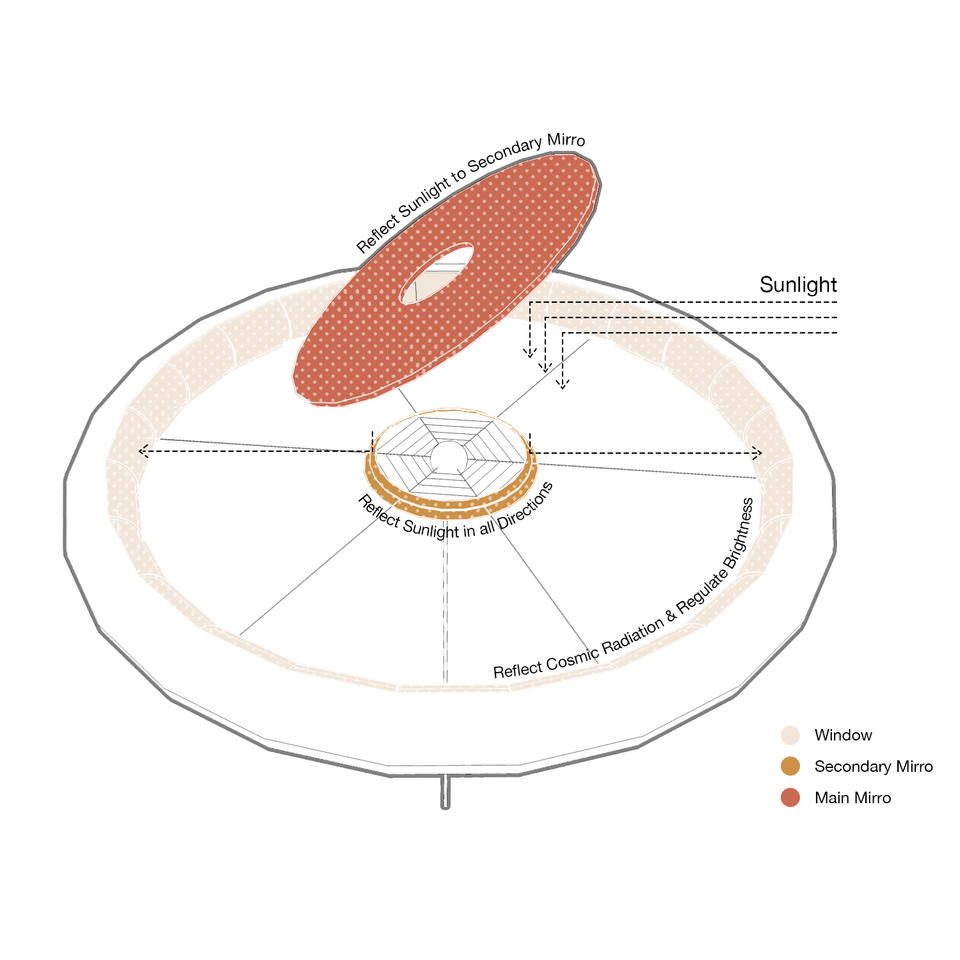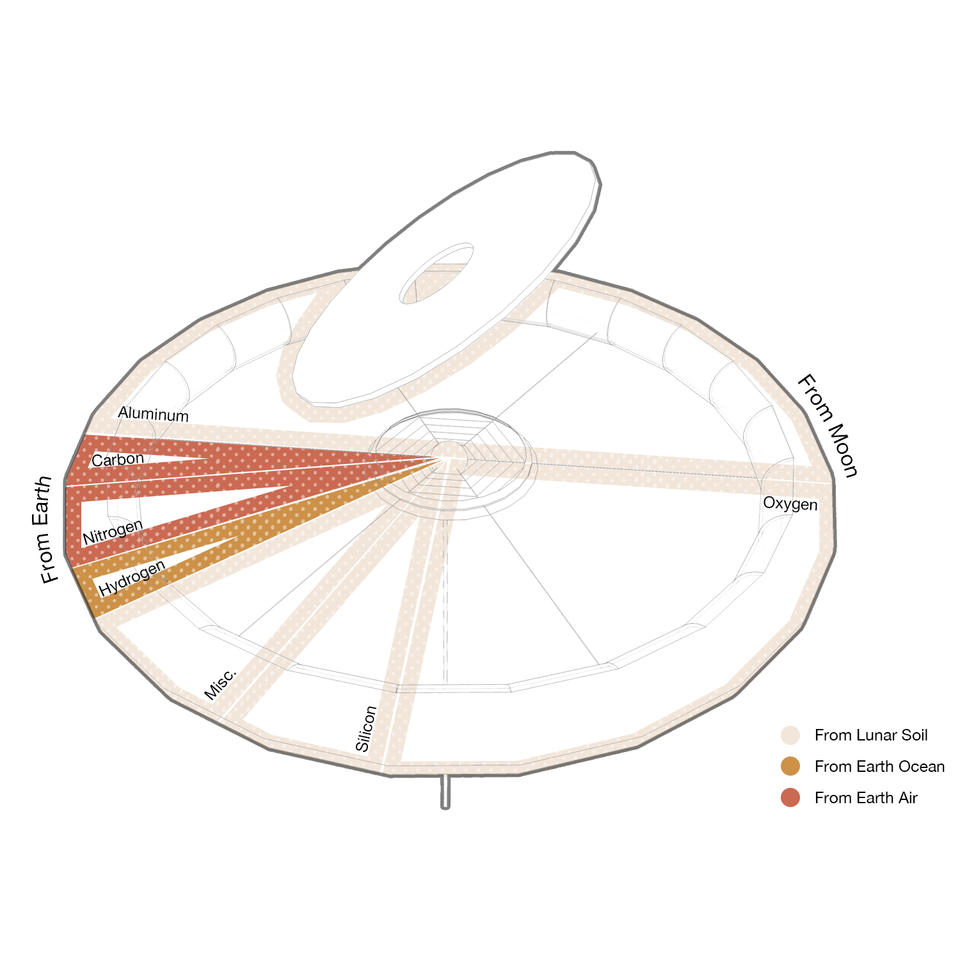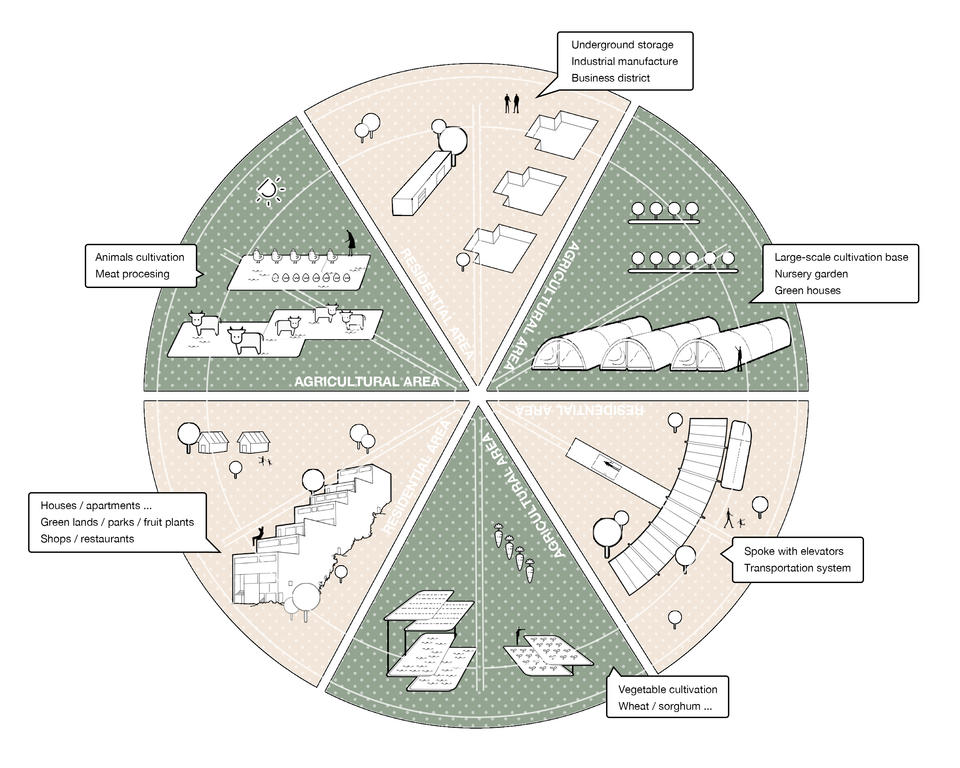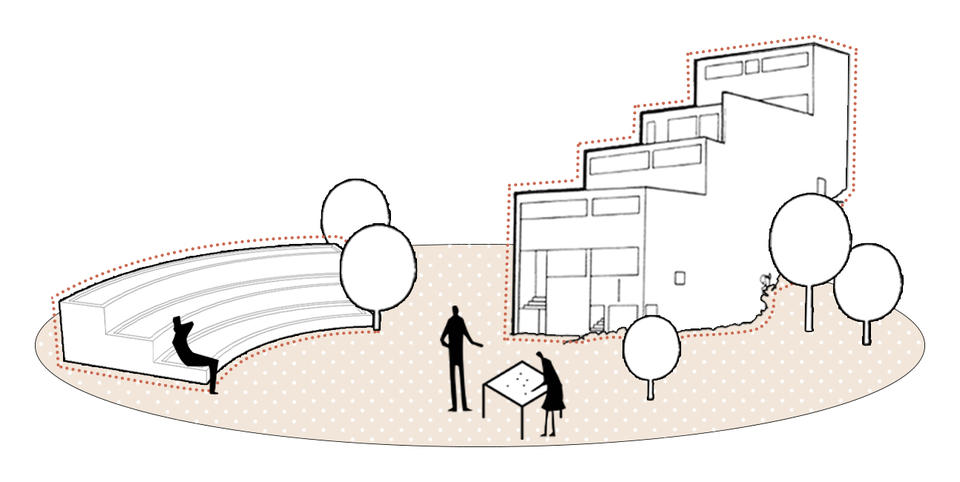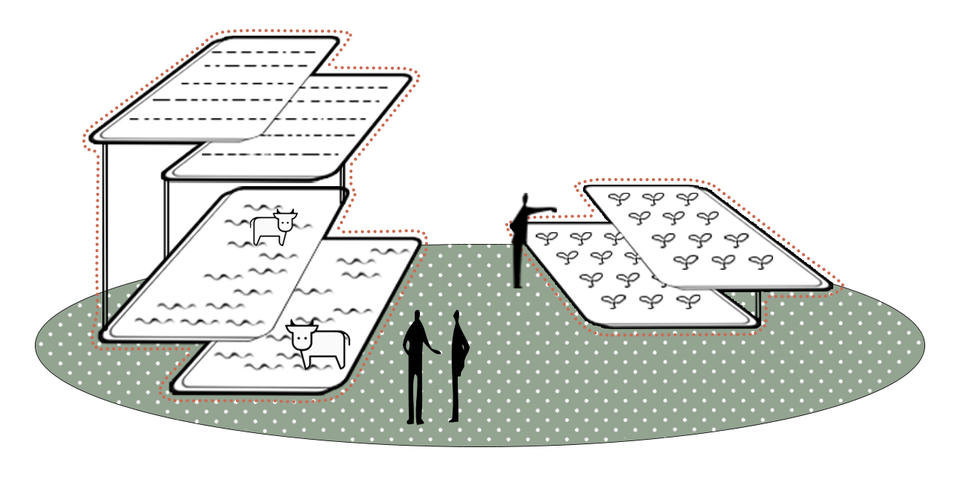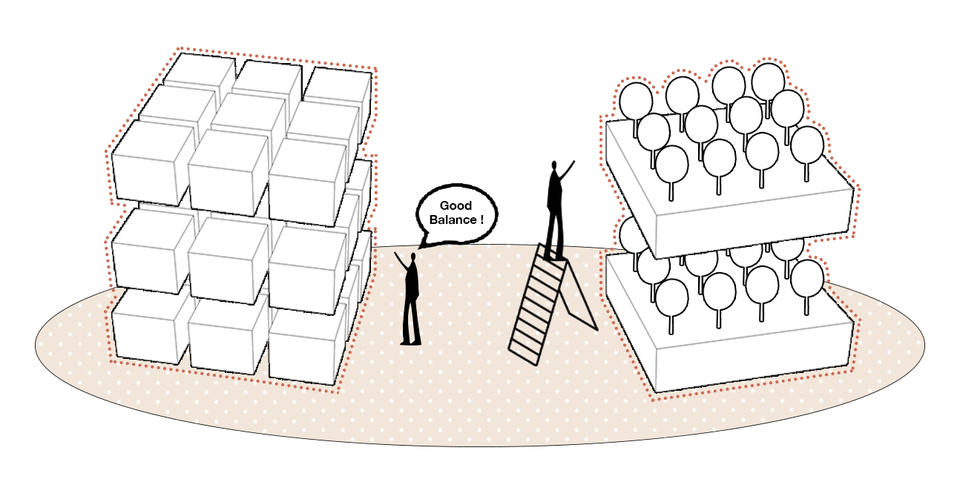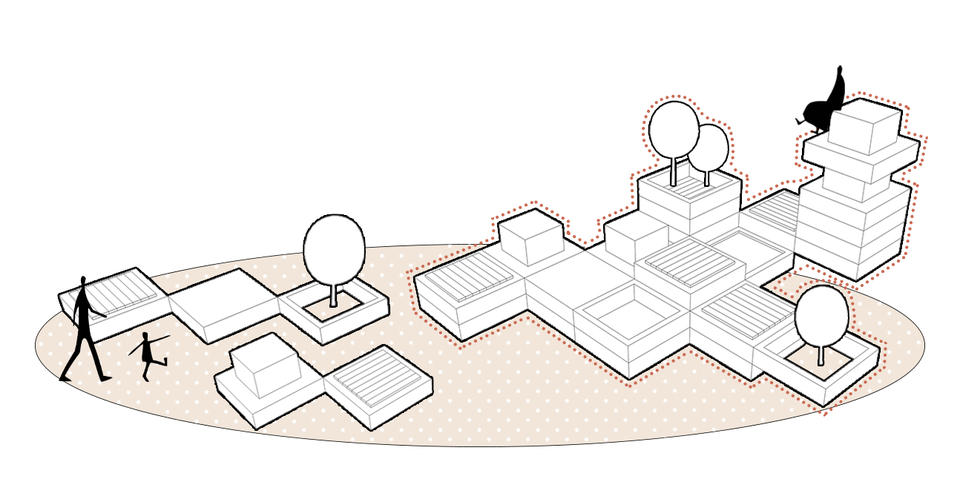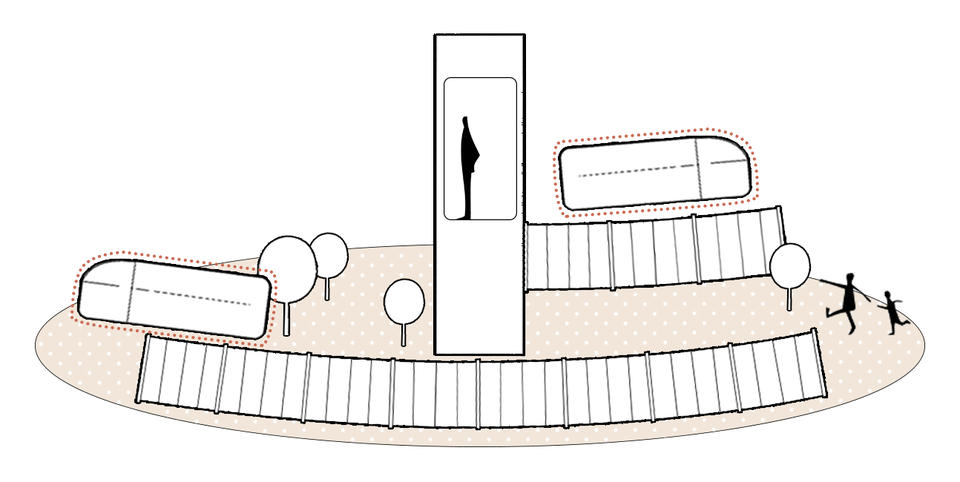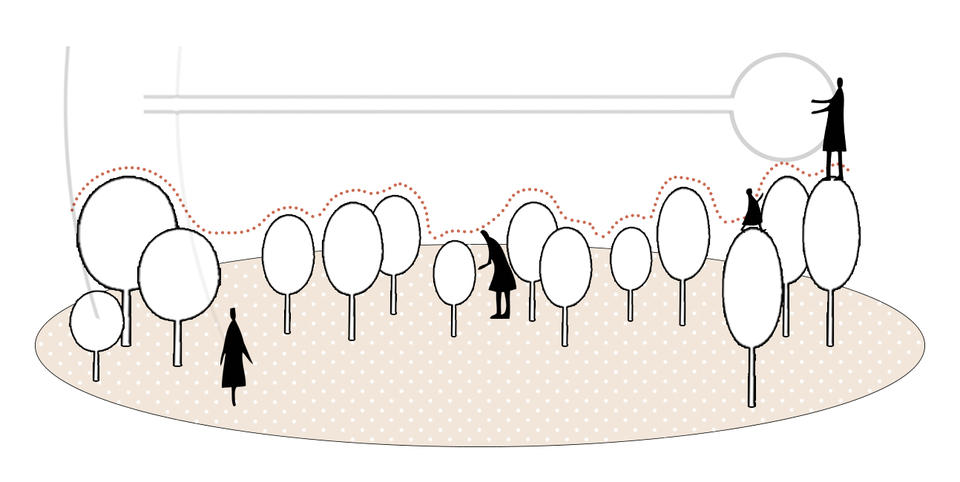ABSTRACT
When the exploration of the universe and the colonization of the universe are getting more and more attention, this thesis book focuses on the question of “What role will landscape play in space resettlement?”, and conducts research and design based on this, trying to explore the possible landscape attempts and experiences on space stations in the future.
This thesis starts with the background research of space habitats and clarifies the definition and advantages of the space station landscape. And through the study of the physical models of the future space station, Stanford Torus was selected as the subsequent design site. The research and analysis of Stanford Torus helps to define the characteristics of its landscape system. In this highly artificial space, what will we bring from the earth’s nature? When simulated gravity coexists with low gravity or even zero gravity, what does the universe inject into the landscape we created? I worked on these questions and described the landscape travel through gravity change in the space station habitat by design. Meanwhile, this thesis book also leaves some room for reflection on the landscape of the space habitat. After experiencing the landscape from the earth to space, what will the future landscape that is entirely based on space be? What have we lost that is unique to earth?
Introduction
On the one hand, the depletion of resources, environmental degradation, and species extinction caused by overpopulation on the earth have prompted mankind to constantly seek solutions. On the other hand, with the continuous exploration of the universe by mankind, the space economy has gradually developed and attracted more and more attention. The abundant resources and secrets in the universe attract human beings to explore, and our continuous advancement of science and technology gives us the opportunity to try to immigrate to the universe.
This thesis attempts to explore the potential and possibilities of the future space station habitat, while emphasizing the value and role that the landscape can play here. The project will study the basic conditions of future large-scale space stations and use a relatively mature physical model as a virtual site, then try to explore the possible vision of future space station habitats through landscape techniques.
Image
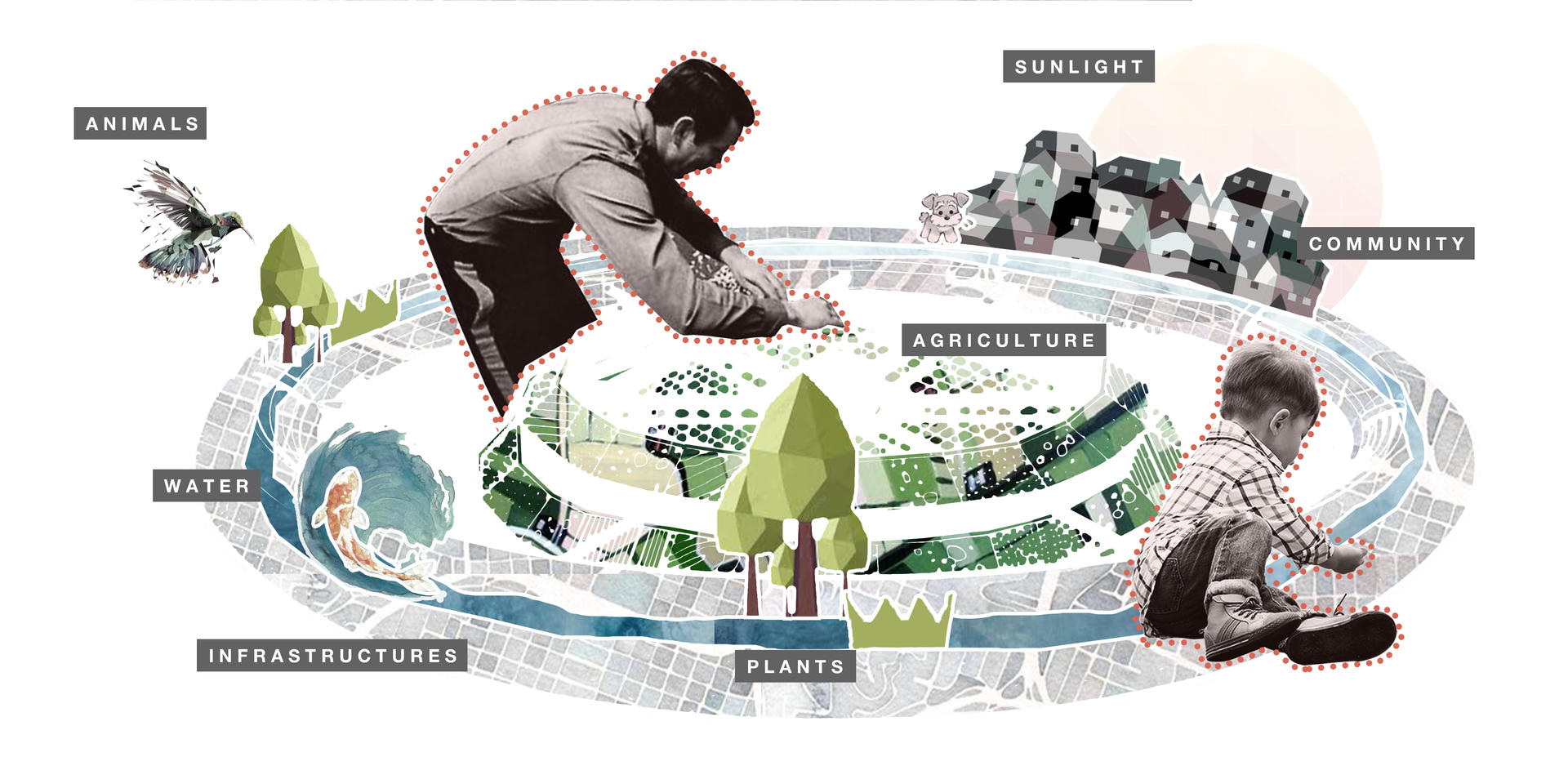
▲ What Do Humans Need in A Space Habitat
Image

▲ What Can We See in Low & 0 Gravity Area
STATEMENT
The trend of space colonization has given us an opportunity to rethink the relationship between landscape and Earth’s nature.
When our science and technology is sufficient to support the resettlement of human beings in the universe, how do we establish our living habitat? As a space created entirely by humans, what will be different between the space habitat and the habitat given by Earth? And just reimagine the landscape practices that happened in those artificial environments.
Image
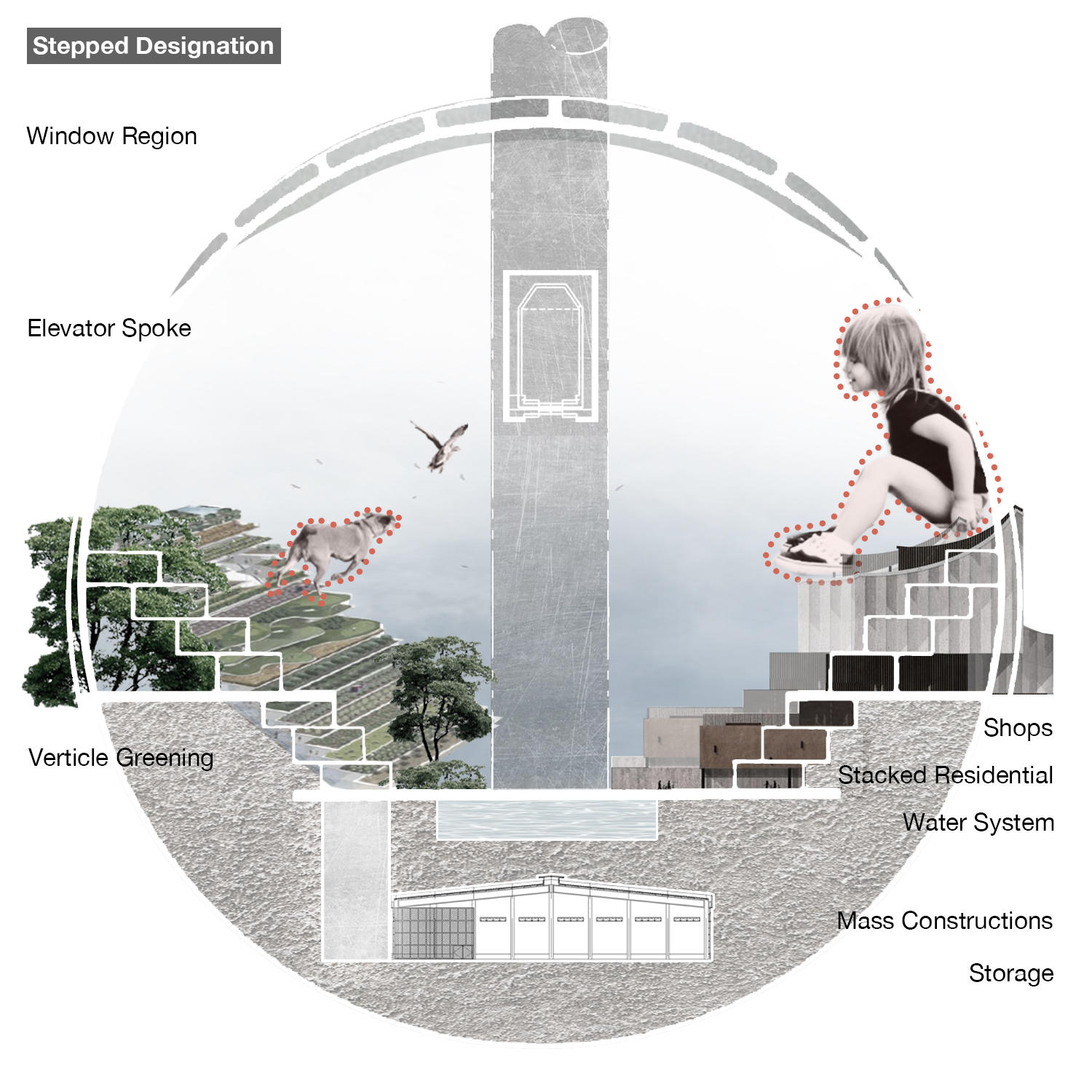
▲ 1 Gravity - Residential Area
Stepped design.
Creating a variety of landscapes in a limited space.
Mass constructions & public transportation are placed underground.
Image
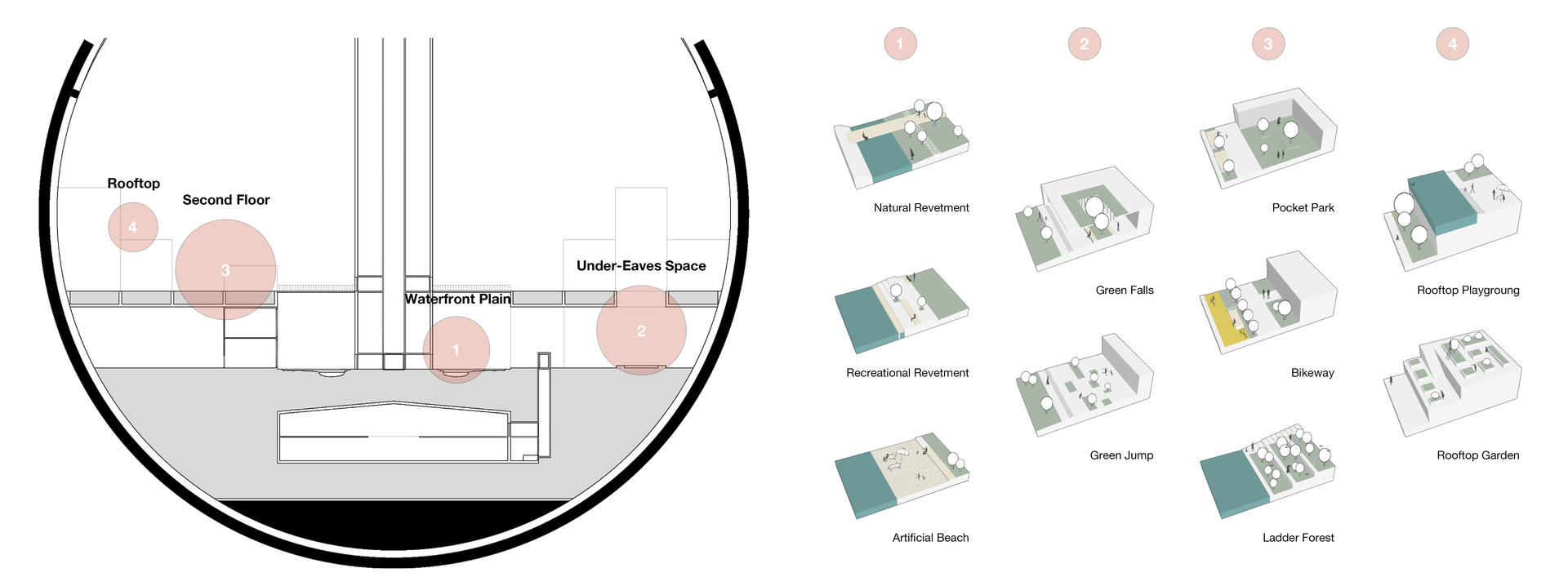
Image
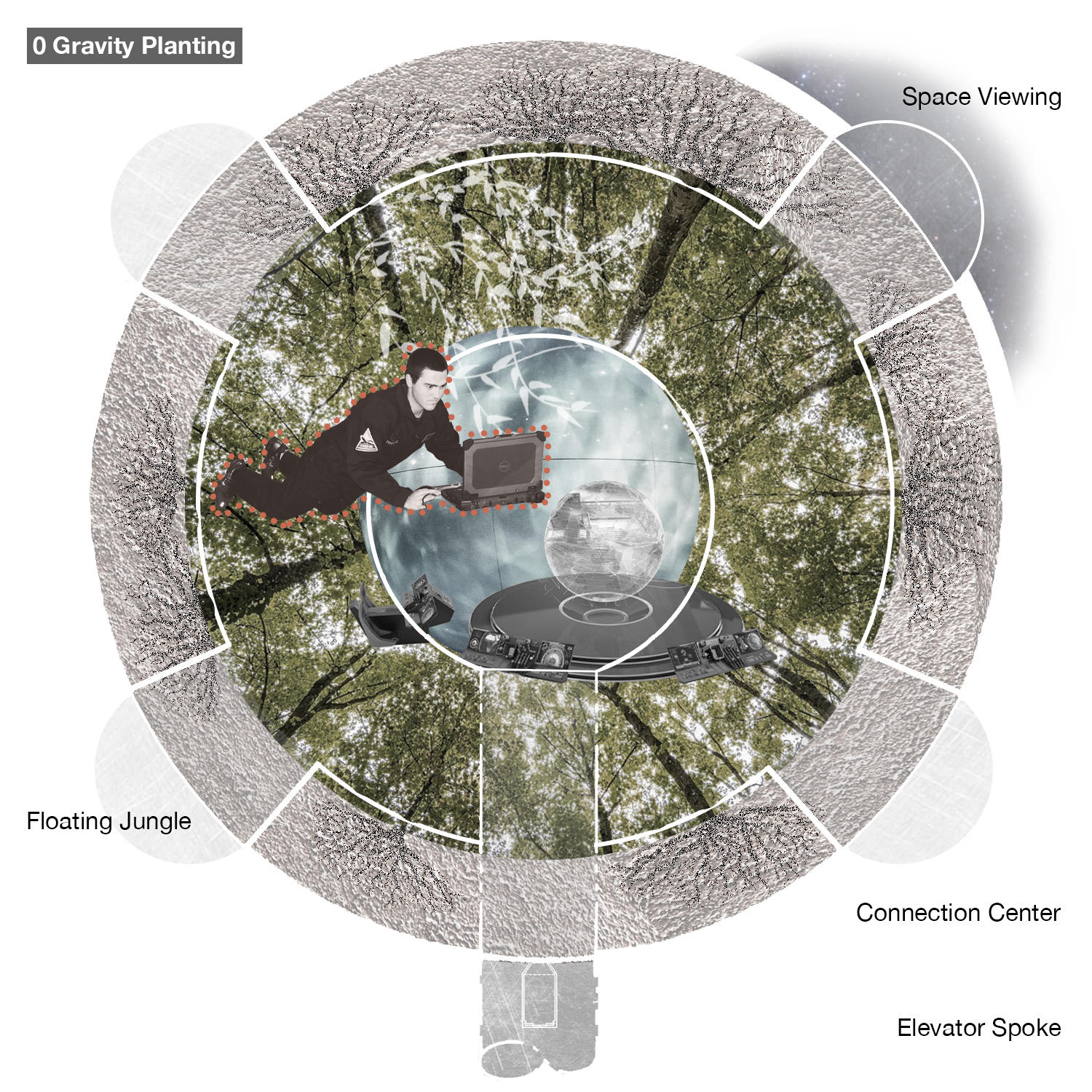
▲ Low & 0 Gravity - Transects & Central Area
Transects - Low Gravity. / Gravity changes along spokes.
Central Area - 0 Gravity.
( New landscape experiences )
Image
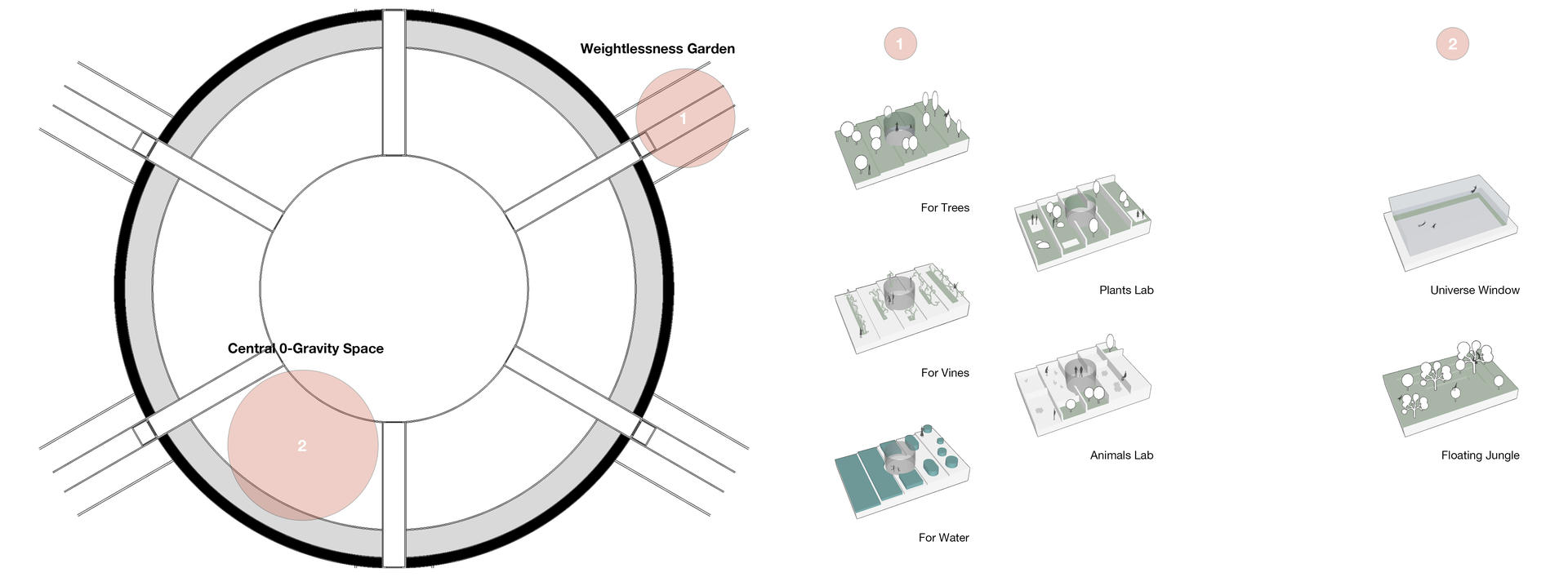
Conclusion & Reflection
The landscape system of Wandering Land - Stanford Torus uses three parts to construct a landscape experience journey that is affected by earth’s nature, technology, universe, gravity and other factors.
The simulated gravity area is a kind of reproduction and optimization of the earth’s landscape, which is an organic combination of earth’s landscape elements and artificiality. The earth fragments we like are preserved, such as sunlight, temperature, plants, and animals, even though their diversity may be very limited. While the unexpected elements such as natural disasters no longer exist in this highly artificial environment. While in the gravity transect area, we can see that those familiar landscape elements such as plants and water change with gravity. In the zero-gravity area, some brand new landscape experiences come with the universe view.
While this kind of experience leaves an impression on us, who go through both earth life and universe resettlement practice --- What Might Be Future ?
The design in this thesis focuses on the landscape transformation and experience from the earth to the space station, from 1gravity to 0gravity. It is essentially still thinking from the perspective of the earth’s landscape. But for the future human beings born in the universe, their landscape thinking will be directly based on the space habitat. This change in thinking mode may bring more perspectives and scales of practice.
When we really adapt to the life in the space habitat, and build a new landscape system --- What We Lose ?
The artificially constructed space has its own unique attributes and will not reproduce and carry all the earth elements. When the universe injects new elements and vitality into our landscape, we are also losing the unique landscape moments of earth, both good and bad. This sense of sadness is hard to ignore.
Image
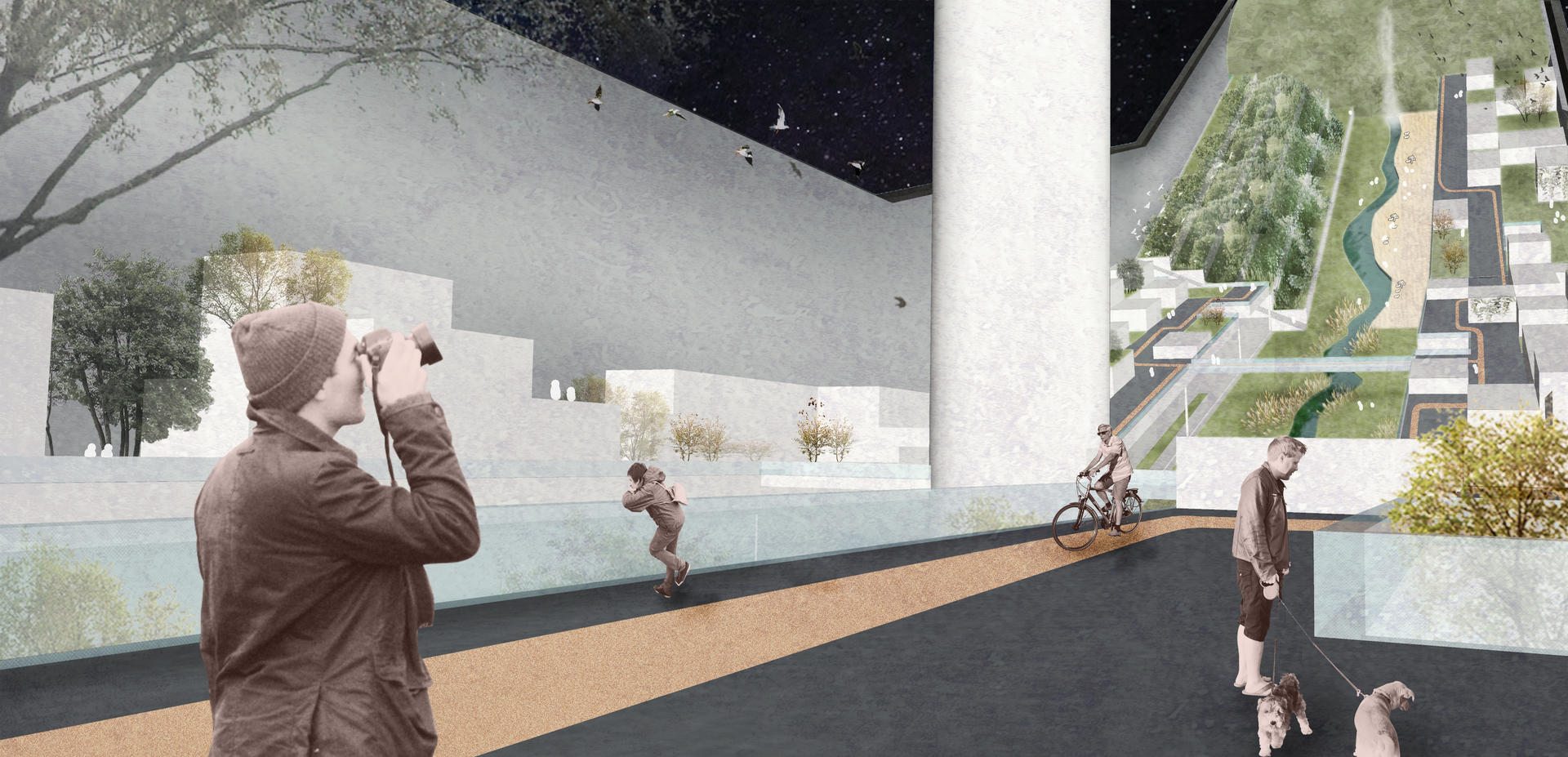
Image

Image

Image
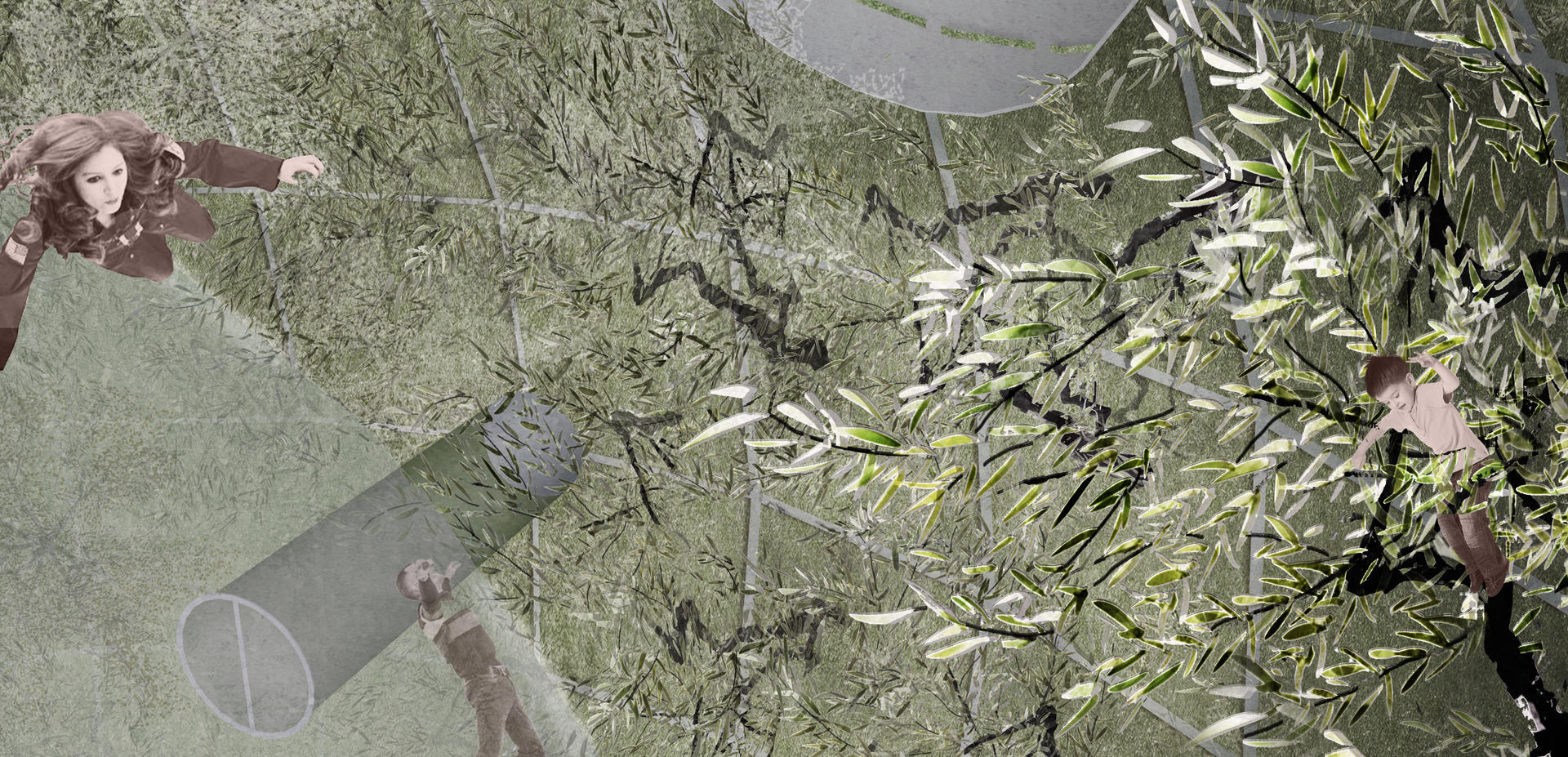
Image
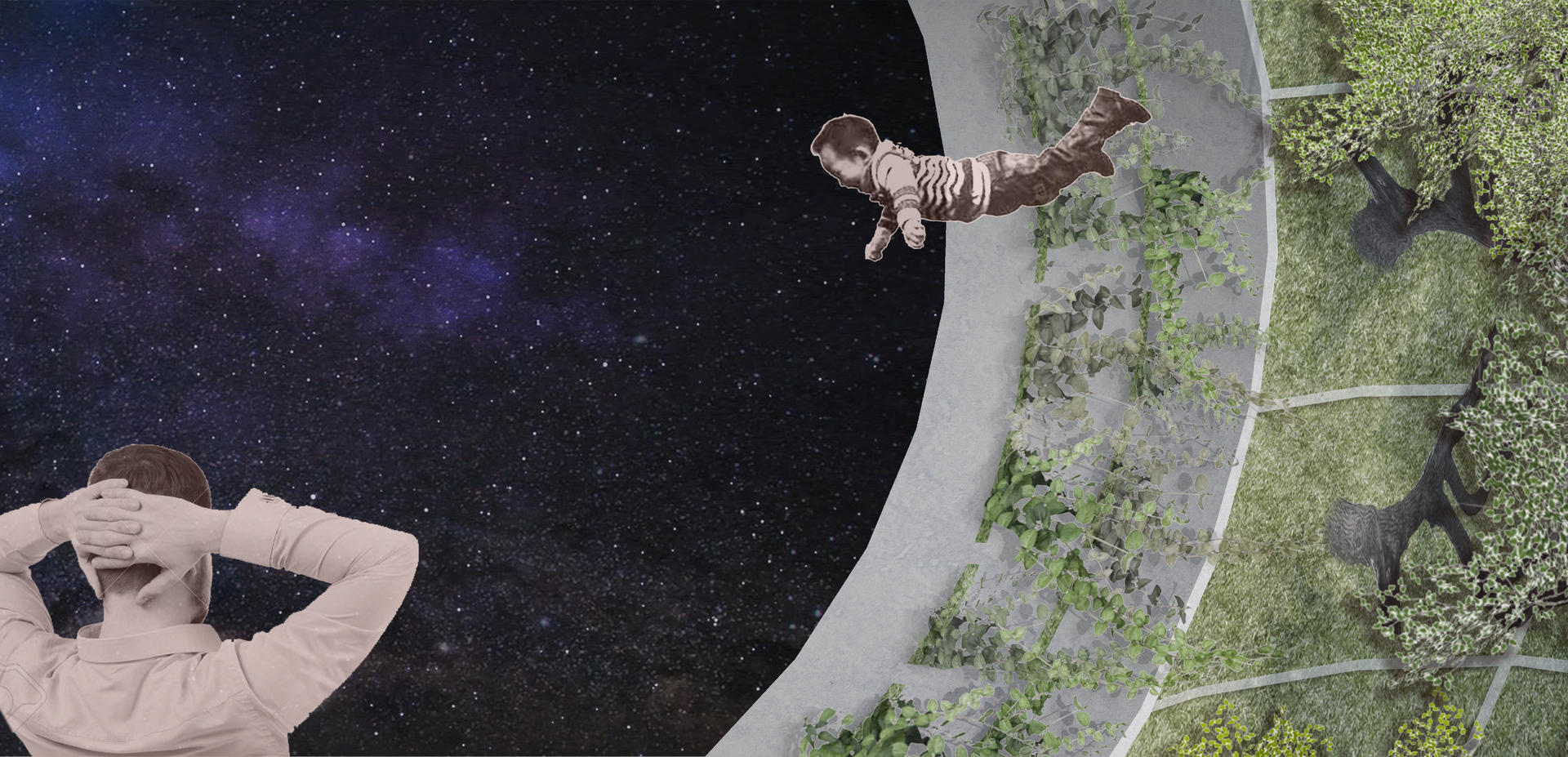
▲ Perspectives from Simulated Gravity Area (Residential Area) to Low & 0 Gravity Area

